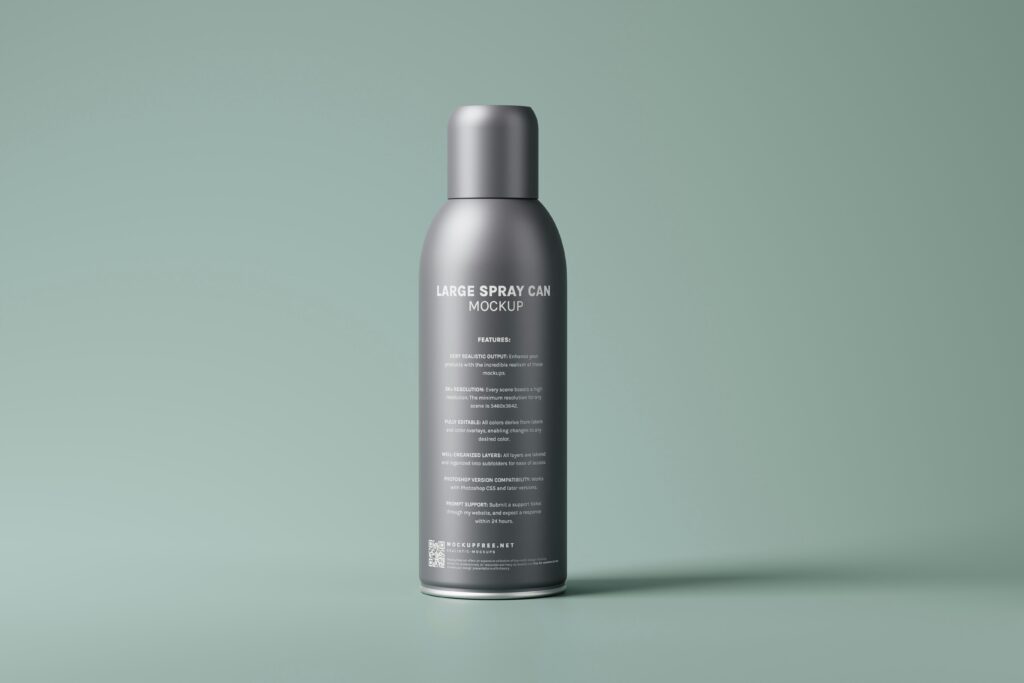Understanding the Formula: Why Luvizac Isn’t Your Everyday Shampoo
Before we get into how often to use Luvizac shampoo, you need to know what you’re dealing with. This isn’t your basic shelf shampoo. Luvizac packs active ingredients like ketoconazole or salicylic acid compounds used for specific skin and scalp conditions. These ingredients go after fungal growth, inflammation, and layers of built up skin that standard shampoos can’t touch.
Because of that, Luvizac isn’t designed for daily use. It’s a medicated product, which means you’re treating, not just cleansing. Think of it more like a prescription one you don’t want to overuse. Pushing it too far can turn helpful into harmful, stripping the scalp’s protective oils and leaving your skin barrier raw and irritated.
In short: Luvizac is here to solve a problem, not be part of your everyday routine. Use it with precision, not on autopilot.
Start with Luvizac shampoo 2 3 times per week unless your dermatologist says otherwise. That gives the medication enough exposure time without overdoing it. You’re balancing effectiveness with scalp recovery too much can backfire fast.
Application’s straightforward: wet hair, lather up like normal, but this time let it sit for a solid 3 to 5 minutes before rinsing. That pause isn’t optional. It’s what gives the active ingredients usually antifungal or exfoliating agents time to actually get into the scalp and do their job.
Consistency matters more than brute force. Using it a few times properly beats daily rushed washes.
There’s no one size fits all answer when it comes to how often should i use luvizac shampoo. Your scalp situation should drive your schedule.
Mild dandruff: Start slow. Use Luvizac once or twice a week until the flaking calms down. Once you’re in the clear, shift to once every 10 days for upkeep.
Moderate to severe seborrheic dermatitis: You’ll need a more hands on approach. Begin with up to three applications per week. As symptoms back off, you can taper usage to once weekly.
Psoriasis or chronic flaking: This isn’t a short game. A consistent twice a week routine can help keep inflammation in check longer term. Work with your dermatologist and adjust only if guided.
Oily scalp with recurring fungal issues: In damp or humid climates, flare ups spike. During those windows, 2 3 times a week may be necessary. When things dry out literally and symptom wise scale back accordingly.
Adaptability is the name of the game. If you’re asking yourself how often should i use luvizac shampoo, don’t look for a fixed rule. Tune into your scalp, watch for changes, and make adjustments as needed. That’s smarter than sticking to a calendar just for the sake of it.
Overuse Isn’t Just a Waste It Can Make Things Worse

Using Luvizac too often doesn’t boost results it can backfire. One of the most common side effects of overuse is dryness. When you strip your scalp of its natural oils too frequently, you’re not just targeting fungus or flakes you’re damaging the very barrier that keeps your scalp healthy. That tight, itchy feeling? It’s your skin signaling irritation.
Over time, there’s also the risk of product resistance. This doesn’t mean the microbes become immune, but rather your scalp’s response becomes less effective. The active ingredients work best when used on an as needed basis, not as a daily default.
Then there’s treatment interference. If you’re layering Luvizac on top of medicated creams or moisturizers or using it right before or after you may be reducing their absorption or causing counter effects. This isn’t just about timing; it’s about cluttering your scalp’s chemical environment.
Pay close attention to any signs of trouble: excess flaking, stinging, burning, or redness that doesn’t calm down. These are warnings. If they show up, stop and reassess. Real scalp care isn’t about more product it’s about smarter, responsive use. When in doubt, talk to your dermatologist to fine tune how often you should actually be reaching for Luvizac.
Pairing Luvizac with Other Hair Products
Luvizac isn’t meant to be your only move it’s one tool in a larger scalp care kit. Treat it like targeted gear, not your all day every day cleanser. On off days, try rotating in a mild, pH balanced shampoo. Something that cleans without stripping, just enough to keep buildup low and your hair fresh.
Post treatment, your scalp may feel tight or dry. That’s where a light, non comedogenic moisturizer comes in. Look for something without heavy oils or fragrances. It’s about restoring balance, not coating everything in gunk.
And if you’re dealing with more severe issues like persistent seborrheic dermatitis or scalp psoriasis? Don’t rely on shampoo alone. You’re probably looking at prescription creams or other medicated topicals from your dermatologist. That combo approach can be much more effective than just boosting how often you use Luvizac.
In short, having a few smart products on rotation keeps your routine both responsive and protective. Think of Luvizac as the power washer in your toolkit you bring it out when things escalate, not every time you need to rinse the driveway.
A Realistic Maintenance Plan
You’ve made it past the hard part. The flakes are under control, scalp feels normal, and you’re not waking up to a snowstorm on your pillow. This is where most people get too comfortable and backslide. Instead, this is your cue to shift into maintenance mode.
For most, once a week is enough to keep things in check. That’s the sweet spot where you’re still using Luvizac’s active ingredients to prevent resurgence without drying out your scalp or creating dependence. Think of it like mowing a lawn that’s no longer growing wild light upkeep, not full on landscaping.
If your skin is especially tough or prone to relapse, you can alternate Luvizac with another active shampoo zinc pyrithione, coal tar, or selenium sulfide all play nice in a rotation. This not only prevents product resistance over the long haul but keeps your scalp from becoming overly familiar with just one solution.
Above all, remember this: sustainable care beats aggressive treatment. The goal with Luvizac isn’t to wipe the slate clean every time, it’s to hold the line. Play it light, stay consistent, and listen when your scalp tells you it’s had enough.
If you’re reaching for Luvizac like it’s your daily shampoo, pause. That’s not what it’s built for. Using it more often than recommended isn’t just a waste it could be your scalp signaling something deeper. Chronic flaking, inflammation, or irritation can look like surface issues, but they might tie back to hormonal dysregulation, gut microbiome imbalances, or skin allergies. Shampoo can manage symptoms, not root causes.
This is when you loop in your dermatologist. They’ll assess whether Luvizac is still doing its job or if it’s time to switch gears. That might mean trying a different active ingredient, pairing it with a prescription treatment, or even starting an oral medication. It becomes less about how often you use it and more about whether it’s the right tool for the challenge you’re facing now.
Bottom line? When Luvizac becomes your crutch, it’s time to rethink the whole routine.
How often should I use Luvizac shampoo? There’s no universal answer and that’s the point. The frequency should match the level of your scalp condition and how your skin reacts over time. For most people, the smart place to start is two to three times per week. That’s typically enough to kickstart treatment without pushing your scalp into overdrive.
Pay attention to how your skin behaves. Flare ups? You might need to step up frequency for a few weeks. Clear scalp and no itching? Scale back to once a week or even less to maintain results. It’s a dial, not a switch.
The sweet spot comes when Luvizac becomes part of a broader routine not the whole routine. Pair it with a gentle shampoo and maybe a light conditioner if needed. Test and adapt slowly.
Bottom line: use Luvizac with care, intent, and the kind of steady observation that leads to lasting results. When unsure, always tilt toward less frequent use. There’s more harm in over cleansing than in giving your scalp time to recalibrate.
